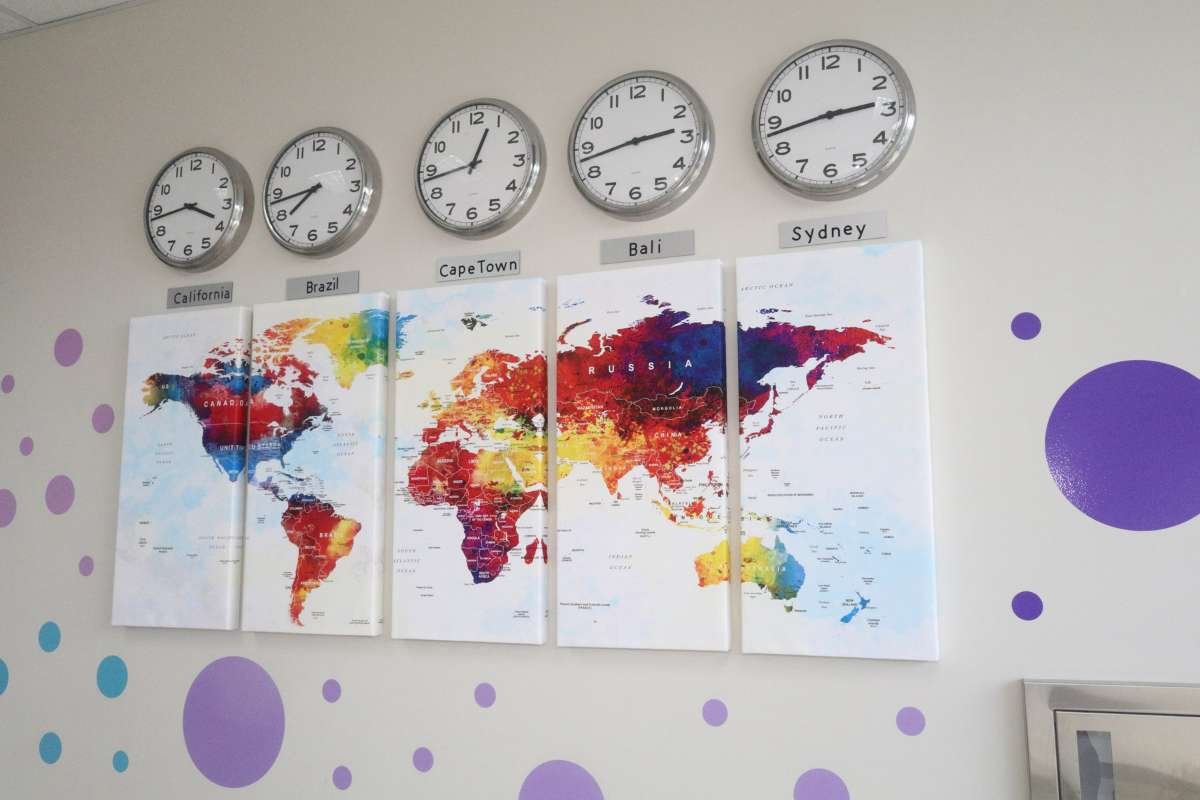Bridging the Gap: 5 Approaches for Boosting Engagement in a Hybrid Workplace
Bridging the Gap: 5 Approaches for Boosting Engagement in a Hybrid Workplace
Blog Article
Bridging the Gap: 5 Approaches for Boosting Engagement in a Hybrid Workplace

- Source: Image - CC0 License
Hybrid workplace engagement has ultimately brought a huge range of benefits to employees, from autonomy and flexibility, which has benefited businesses no end. However, it also presents a new set of challenges, primarily when it comes to engagement.
There is that divide that is more than apparent with employees dispersed in multiple locations, and this means companies need to be far more intentional about fostering connection, motivation, and a sense of belonging. To ensure that hybrid teams stay engaged, we have to implement practical and actionable solutions that address the unique needs of remote and on-site staff. What are these?
1. Empower Communication and Collaboration

Hybrid workplace engagement is strengthened by platforms that create a unified digital workspace, making communication, feedback, and achievement recognition more accessible across the entire team. You can use an app to centralize important updates, documents, and resources, ensuring that both remote and office staff have equal access to information.
When you implement multiple communication channels, this speaks to an employee’s sense of autonomy because they can connect in the way that suits them best. In order to ensure people are engaged, you have to meet them on their turf. It’s not possible in the modern working environment to rule with an iron fist and think that what you say is the best way. The more autonomy an employee has, the more they will stick with you, and the keys are always about collaboration and communication.
2. Flexible Working Hours Across Time Zones (and Lifestyles)

In addition to allowing employees to choose when and where they work, the other key thing is to implement how they choose to work. Ultimately, as long as the business needs are met, does it matter how the work is done? Organizations like charities and those that require a great deal of flexibility to do the job should not stick to a structure.
Of course, every approach to work can benefit from some loose framework, however an employee doesn’t need to see the big picture, and while giving them more autonomy ensures they do see the bigger picture and their role within it, we always have to remember that to help an employee contribute, we have to trust them. When we trust an employee, this is worth more than any project management processes.
3. Recognition and Appreciation
We hear so much about implementing cultural touchstones, but recognition should be a regular part of your organizational culture. You can use an employee app to send out digital badges, shout-outs, or e-cards for achievements, no matter how small they are.
We always need to remember that celebrating contributions publicly, in a meeting or on company-wide channels, ensures remote workers are equally visible and appreciated, particularly if they feel like they’re not privy to certain information, as they’re not always in the office.
We should always implement structured recognition programs that are accessible to all staff, regardless of work location. Those of us who use Employee of the Month programs can see how truly invaluable they are.
4. Gathering Feedback and Giving Employees a Voice
Regularly collecting feedback from staff gives us a real insight, in real time, about what is truly working and what isn’t. However, feedback needs to be acted upon. Leading from the front is about ensuring that you share what actions are being taken and why, so employees know their voices matter, and you then think about what it truly means to have a transparent organization. Open forums to discuss policies, company culture, and any concerns are all grist to the mill.
5. Well-Being and Work-Life Balance

Hybrid workplace engagement requires a thoughtful and practical approach. The key is ultimately about being flexible, listening to your team, and being willing to experiment with new approaches. With the right initiatives in place, hybrid work can be an opportunity to not just build a better workforce, but a more engaged and resilient one.